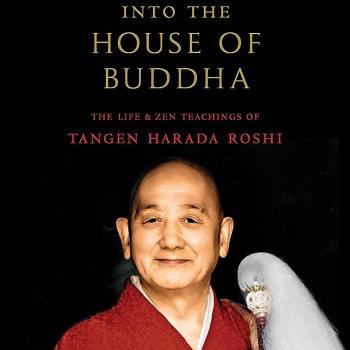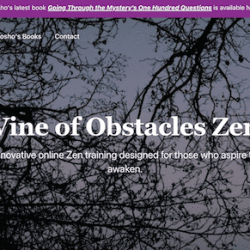
In today’s Soto Zen discourse in America, terms like shikantaza and practice-enlightenment are often wantonly misused. Reader of such words, take heed! They are often pasted onto some “special” state of mind or used to justify some deluded state of mind. In such a way the wondrous and vital realization to which they point is obscured.
Maybe it’s always been this way. Dogen called practice-enlightenment a “subtle method.” Katagiri Roshi often said that only a few people really understood shikantaza.
Similarly, in Maezumi Roshi’s commentary on Dogen’s instructions for zazen, he translated the usually untranslated formal beginning, “Tazunuru ni sore…” as “After searching exhaustively…” and then Dogen offers a couple pages on what he’s found – specific instructions for the great spirit of universal zazen.
After searching exhaustively, what is shikantaza?
Wikipedia has “nothing but (shikan) precisely (ta) sitting (za)” for shikantaza (只管打坐). Not a bad translation. Much better than “just sitting.”
But you have to work out what shikantaza really is for yourself on your cushion and off.
The characters shi and kan have the literal meanings of free and tube. It only seems to be contradictory. Indeed, shikantaza is nothing but a free tube where free and tube are in intimate dialogue.
The main point of this post: the discovery of true shikantaza and practice-enlightenment requires a devoted search, informed by work with someone who has made this discovery for themselves. Careful study of Dogen’s work is a great resource in the culling and weeding process – culling and weeding everything you think shikantaza is.
Popular phrases like “panoramic nonjudgmental awareness” and “big mind” are just bits and pieces of earnest, vivid sitting. Please, students of dharma, don’t settle for a cheap, limp, Americanized imitation of the real, wholehearted deal.











